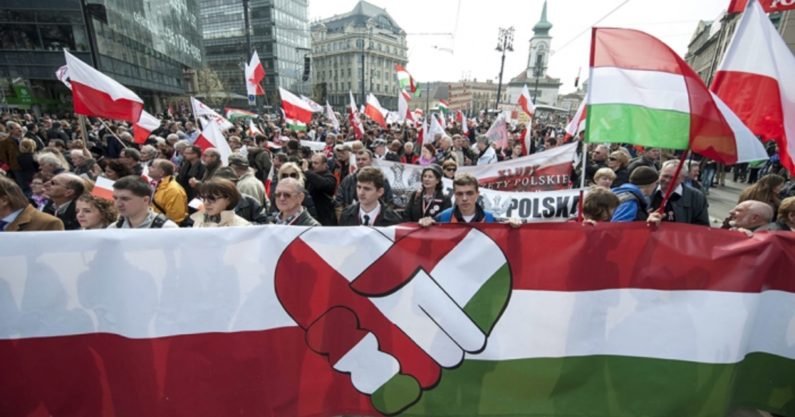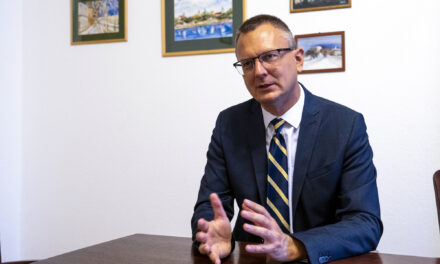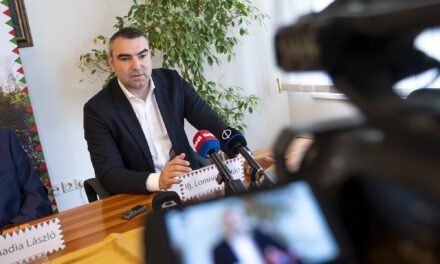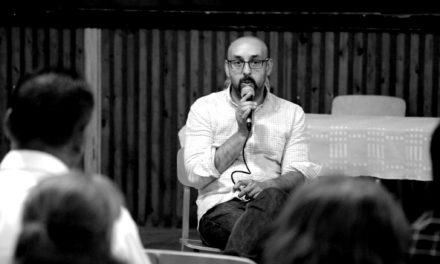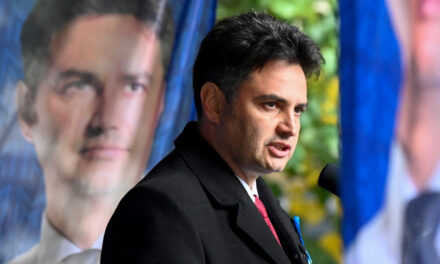As a native of Poznań, the anti-communist uprising of 1956, which began in my hometown in June, then took on truly heroic and tragic dimensions in Hungary in October, is particularly important to me. At that time, the Poles (and a large number of them from Poznań) stood up for the Hungarians, they tried to help their friends in trouble with donations, money, and their own blood - says Joanna Urbańska, director of the Polish Institute in Budapest, with whom she had a serious relationship even at the outbreak of the 1956 revolution and war of independence. we talked about Hungarian-Polish relations, the mutual love of freedom and solidarity between the two peoples, and the reception of the Lem100 exhibition, which can still be viewed.
– In the fall of 1981, I myself bought a small badge depicting the Hungarian and Polish flags at the Polish Institute in Budapest, which we displayed to demonstrate our support for the Solidarity Trade Union. Soon after, I was taken away by the police for a commemoration of mine in 1956. For me, therefore, 1956 and 1981, the case of the Polish and Hungarian freedom struggle, are definitively connected. To what extent can these connections be detected either in the works of art in Poland from earlier periods or in contemporary Polish art?
– I also have such a badge, although I only got it in the 2000s, when the demonstration of Polish-Hungarian solidarity could already take place in peaceful conditions. I was still a small child in 1981, but I remember the desperate, oppressive atmosphere of martial law. The love of freedom is the common feature of our peoples, which is one of the reasons why we understand each other so well. Our unparalleled friendship is based on shared values and shared destiny. As a native of Poznań, the anti-communist uprising of 1956, which began in my hometown in June, then took on truly heroic and tragic dimensions in Hungary in October, is particularly important to me. At that time, the Poles (and a large number of them from Poznań) stood up for the Hungarians, tried to help their friends in trouble with donations, money, and their own blood. Freedom, the struggle for freedom, has always been a particularly important theme in Polish art, and has inspired countless great works of literature, art, photography and film. At the Polish Institute, we regularly present such works, especially on the anniversaries of important historical events.
- In the years of the Soviet occupation, traveling to Poland meant expanding the way of seeing through Hungarian eyes (including through the films of Krzysztof Zanussi and other Polish directors), getting to know an exciting, freedom-loving people, to the homeland of the other people who bravely opposed communism. As the head of your institute, how do you experience what is left of this sympathy today?
– Even now, this sympathy is very active in the so-called hitchhiker generation, whose members cherish many fond memories of their trips to Poland in the 1970s and 80s. They were given the chance to personally experience the unparalleled power of Hungarian-Polish friendship, even in very dramatic and sometimes tragic times. Conditions have changed significantly since then, today's young people live in a completely different world, face different dangers and excitements than their grandparents' generation. The Polish Institute takes special care to ensure that they too can experience the importance of Hungarian-Polish friendship in their own lives and embrace its ideals. We show them that the ties that connect our nations represent a universal, lasting value, not only at the level of lofty symbols, but also in a very ordinary, pragmatic dimension. A value that can create new opportunities for them either in terms of further education or professional career. Thanks to this, the proverbial Hungarian-Polish friendship does not turn into a nice-sounding but mere cliché, but is filled again and again with concrete, current content. After all, there are countless opportunities for cooperation between the two peoples in the fields of culture, science, economy, tourism and many other civil activities.
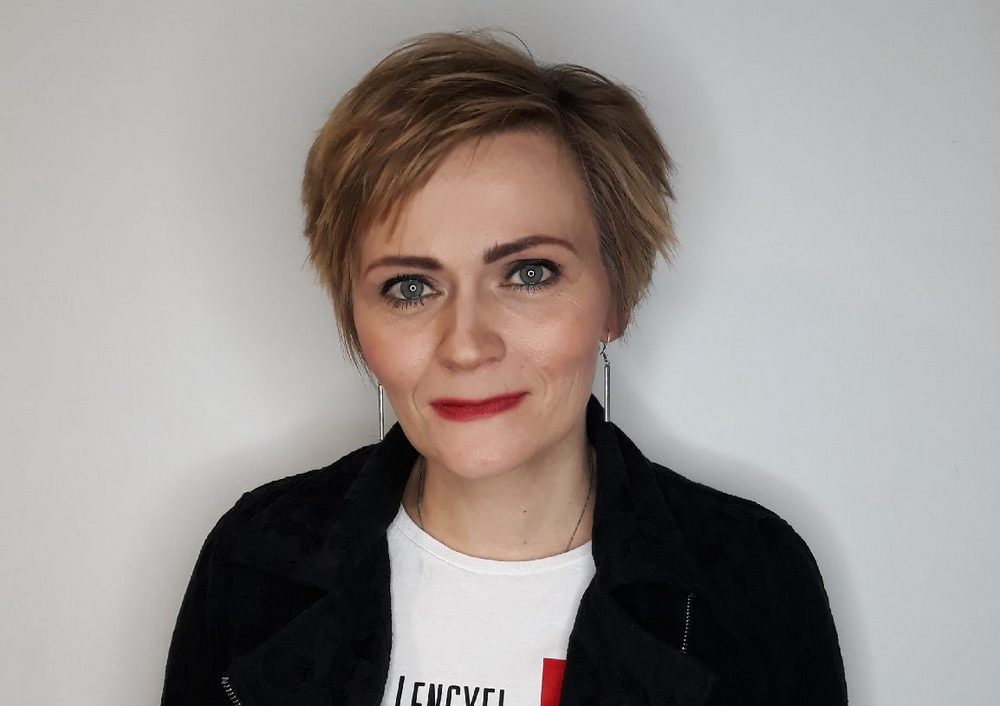
Joanna Urbańska – Photo: hirado.hu
– How do they see Hungary in Poland today, what image do they have of our country, when they visit here, for what purpose?
– Poles are very happy to visit Hungary, mostly for tourism purposes, but cultural, scientific and economic relations are also flourishing more and more. Political, bilateral relations at the highest level are developing excellently. However, I consider it even more important that there are countless opportunities to create and nurture people-to-people relationships organized from the bottom up. The Poles see Hungary as a brother nation. This is also evident in the fact that they show a great interest in Hungarian culture and history. Over the centuries, the Hungarians have proven several times that we can count on their help even in the most dramatic situations. The memory of the Polish nation gratefully preserves many of its examples.
- On the occasion of the centenary of Stanisław Lem's birth, the Polish Institute in Budapest will also commemorate him with a series of large-scale events, exhibitions, lectures and film screenings. How was the reception of the series of events, do you feel that the domestic audience can still accept Lem's work, which was very popular in Hungary in the past?
– Lem's genius also lies in the fact that he expresses his extremely deep, philosophical point of view with timelessly original, sparkling, witty humor. For this reason, his intelligent, funny and surprisingly current works are still very popular among Hungarian readers today. Our series of events organized on the occasion of the 100th anniversary of the writer's birth was a great success. There was a frenzied atmosphere at the event. There were surprises, gifts, champagne toasts and everything else you need for a successful birthday party. A fantastic exhibition consisting of illustrations for Lem's books will be on display at the Polish Institute until the end of October. We welcome everyone and wish you a lot of fun visiting the exhibition!
Source: hirado.hu
Cover image: MTI

